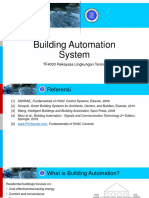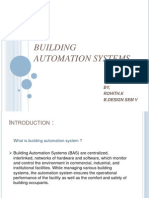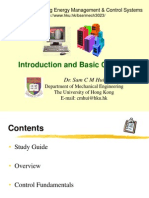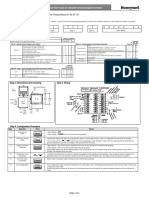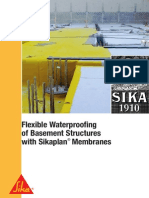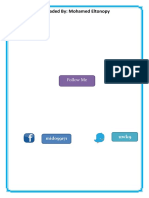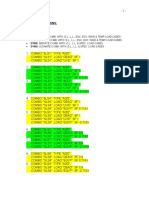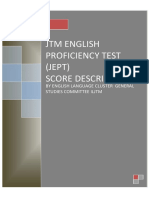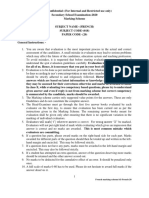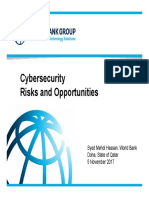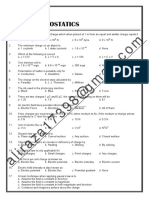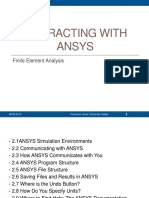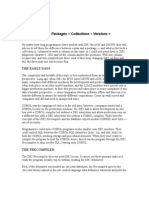0% found this document useful (0 votes)
138 views85 pagesManaging Your Building Automation System
This document provides guidance on managing building automation systems. It discusses protocols for communication between devices, including proprietary, open, and standard protocols. It also covers energy management system architecture and control principles such as control loops, strategies like proportional and PID control, and types of controllers including electric, electronic, pneumatic and DDC. Preventive maintenance procedures are outlined on a daily, weekly, monthly and annual basis.
Uploaded by
Nadeem HassoonCopyright
© © All Rights Reserved
We take content rights seriously. If you suspect this is your content, claim it here.
Available Formats
Download as PDF, TXT or read online on Scribd
0% found this document useful (0 votes)
138 views85 pagesManaging Your Building Automation System
This document provides guidance on managing building automation systems. It discusses protocols for communication between devices, including proprietary, open, and standard protocols. It also covers energy management system architecture and control principles such as control loops, strategies like proportional and PID control, and types of controllers including electric, electronic, pneumatic and DDC. Preventive maintenance procedures are outlined on a daily, weekly, monthly and annual basis.
Uploaded by
Nadeem HassoonCopyright
© © All Rights Reserved
We take content rights seriously. If you suspect this is your content, claim it here.
Available Formats
Download as PDF, TXT or read online on Scribd
/ 85






